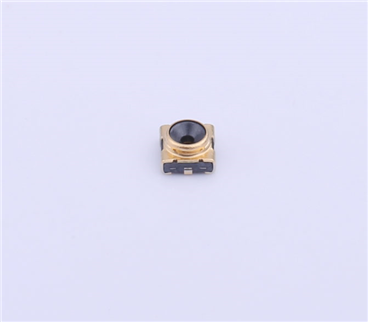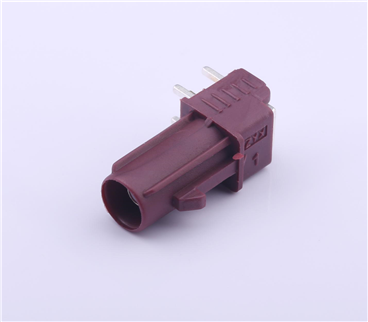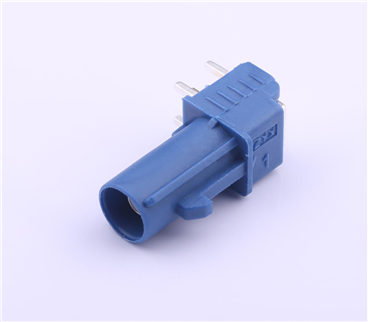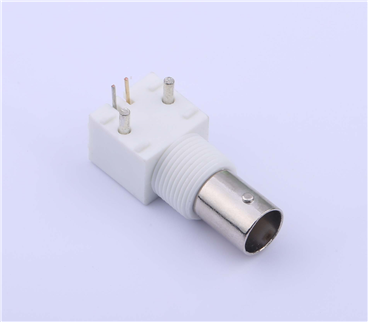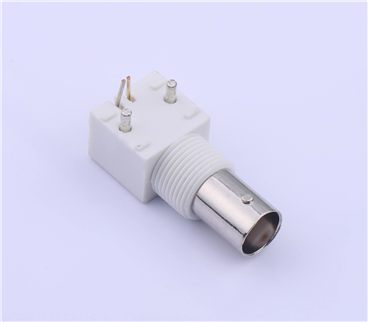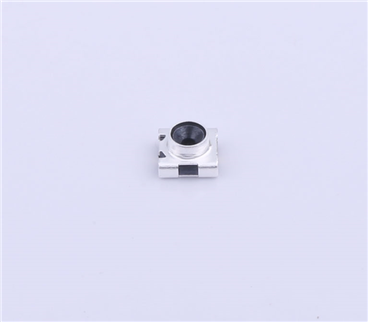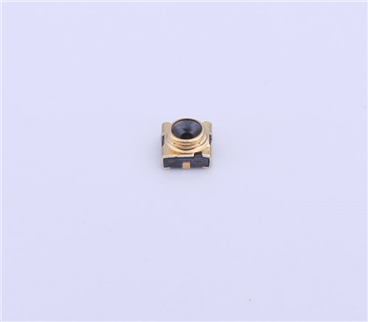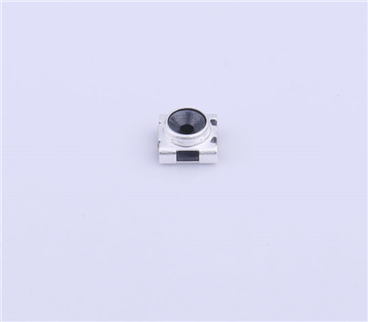Service hotline
+86 0755-23615795
Release date:2025-07-19Author source:KinghelmViews:734
In wireless communication equipment, omni-directional fiberglass antennas are common fixtures in outdoor environments. Yet, many people have only a vague understanding of their functions, features, and typical applications. This article will give you a thorough explanation—from definition, structure, performance, differences compared with directional antennas, to application scenarios—helping you quickly grasp the essentials of omni-directional fiberglass antennas.
1. Core Definition of Omni-directional Fiberglass Antennas
An omni-directional fiberglass antenna is a device with an internal omni-directional radiation element, protected by an outer shell made of fiberglass. Its most distinctive feature is its ability to radiate or receive signals evenly across 360° in the horizontal plane, with a certain coverage range in the vertical plane (typically ±30° to ±60°).
Unlike directional antennas that “focus on a single direction,” an omni-directional fiberglass antenna acts like a “speaker that broadcasts in all directions,” achieving seamless horizontal coverage. This is why it’s widely used in outdoor base stations, wireless bridges, and similar equipment.
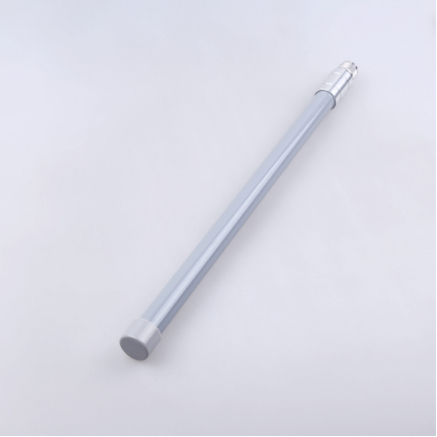
Omni-directional fiberglass antennas continue the typical “outer shell with inner core” design, usually consisting of three main parts:
Made by combining fiberglass cloth with resin, often cylindrical in shape (diameter around 5–15 cm, length 30–150 cm, thickness 2–5 mm). Its main functions:
lProtection: Shields the internal parts from rain, dust, UV radiation, and acid/alkali corrosion, making it suitable for outdoor, coastal, or industrial environments.
lStructural Support: Secures the internal radiation unit and prevents deformation from wind or vibration.
lInsulation: Reduces external electromagnetic interference and lowers the risk of electric shock on contact.
This is the core of signal transmission and reception, usually made of a spiral copper coil or whip-shaped aluminum alloy element. The materials are of high purity (copper ≥99.9%), and some are silver-plated (thickness ≥5 μm) to improve conductivity and corrosion resistance.
The spiral design increases the effective length of the element within a limited space, enhancing gain (typically 3–8 dBi) while keeping the antenna compact. For example, a 5 dBi omni-directional antenna might contain an internal spiral element with an unfolded length of 1.2 meters, compressed into a 50 cm outer shell.
lFeed Cable: Shielded coaxial cable (e.g., RG-58) carries the signal between the device and the radiating element, minimizing transmission loss.
lImpedance Matcher: Uses capacitors and inductors on a PCB to adjust the antenna’s input impedance to 50 Ω, matching the device’s output impedance, ensuring a VSWR ≤ 1.5 and preventing signal reflection loss.
1. 360° Omni-directional Coverage: Even horizontal signal distribution without the need to adjust the antenna’s orientation—ideal for multi-node communication such as linking several wireless bridges.
2. Excellent Weather Resistance: Fiberglass shell plus silver-plated metal elements allow reliable operation in temperatures from -40°C to 80°C, resistant to salt spray and UV, with service life up to 5–10 years.
3. Easy Installation: The cylindrical shape makes mounting on brackets simple, without needing precise directional alignment—suitable even for non-specialist users.
1. Moderate Gain: Compared with directional fiberglass antennas (8–15 dBi), omni-directional types offer lower gain (3–8 dBi) and shorter range (usually 1–3 km, vs. 5+ km for directional).
2. Limited Vertical Coverage: The vertical beamwidth is narrow (±30°–±60°). If there’s a large height difference between devices (e.g., rooftop and ground), signal blind spots may occur.
|
Comparison Dimension |
Omni-directional Fiberglass Antenna |
Directional Fiberglass Antenna |
|
Coverage Direction |
360° horizontal |
Focused in a specific direction (e.g., 60°–120°) |
|
Gain |
3–8 dBi |
8–15 dBi |
|
Transmission Range |
1–3 km |
3–10 km |
|
Outer Shell Shape |
Cylindrical |
Flat panel or parabolic |
|
Typical Use Case |
Multi-node interconnection, area coverage |
Point-to-point long-distance communication |
lOutdoor Wireless Base Stations: For areas like parks or industrial zones needing coverage in multiple directions, an omni-directional fiberglass antenna can simultaneously link nearby wireless APs and sensors.
lAgricultural IoT: Installed in the center of fields or greenhouses to cover nearby soil sensors, pest monitoring devices, etc., without needing to adjust each antenna.
lCoastal / Oilfield Communication: Salt-spray and corrosion resistance make them ideal for coastal farms, oil platforms, or docks to connect cameras and control units.
lEmergency Communication: Quickly deployed at disaster sites to enable full-scope signal coverage for rescue vehicles, drones, and handheld terminals.
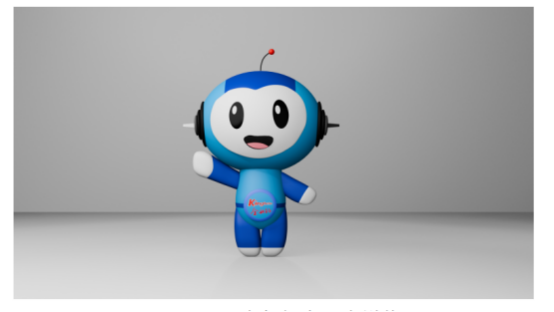
lChoose gain by coverage needs: For short-range (within 500 m radius), use 3–5 dBi; for medium range (1–3 km), use 6–8 dBi.
lFrequency match: Ensure the antenna matches your device’s frequency (e.g., use a 2.4 GHz antenna for 2.4 GHz devices to avoid weak signals).
lAdapt to environment: In high salt-spray areas, choose thicker silver plating and anti-aging resin shells; in hot regions, select models rated for ≥80°C.
Omni-directional fiberglass antennas are powerful tools for “full-area signal coverage.” Their 360° horizontal coverage, strong weather resistance, and easy installation make them ideal for multi-node outdoor networks. Still, it’s important to consider their moderate gain and limited range. When used alongside directional fiberglass antennas (e.g., omni for central coverage, directional for long-distance links), you can achieve both wide coverage and long-distance connectivity.

